The sun and earth -> anemometer
Anemometer Study Guide
An anemometer is a scientific instrument used to measure the speed and direction of the wind. It is crucial for various fields, including meteorology, environmental science, and engineering.
Key Points to Understand:
- Function of an Anemometer: An anemometer measures wind speed and, in the case of a vane anemometer, wind direction. It uses the principles of rotation and resistance to airflow.
- Types of Anemometers: Cup, vane, hot-wire, and sonic anemometers are some of the common types, each with its own method of measuring wind speed and direction.
- Importance of Anemometers: Anemometers are essential for weather forecasting, aviation, maritime operations, and the design and operation of wind turbines for renewable energy.
- Reading Anemometer Data: Understanding how to interpret anemometer readings is crucial for analyzing wind patterns and making informed decisions in various fields.
- Practical Applications: Exploring real-world applications of anemometers, such as their use in weather stations, airports, and wind farms, can provide valuable insights into their significance.
[Anemometer] Related Worksheets and Study Guides:
.◂Science Worksheets and Study Guides Second Grade. The sun and earth
Study Guide The sun and earth
The sun and earth  Activity Lesson
Activity Lesson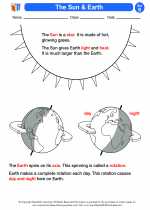 The Sun & Earth
The Sun & Earth  Worksheet/Answer key
Worksheet/Answer key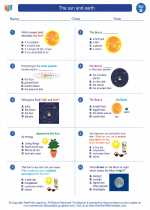 The sun and earth
The sun and earth  Worksheet/Answer key
Worksheet/Answer key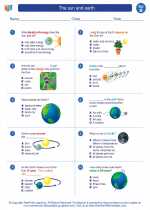 The sun and earth
The sun and earth  Worksheet/Answer key
Worksheet/Answer key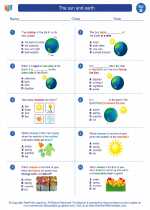 The sun and earth
The sun and earth  Worksheet/Answer key
Worksheet/Answer key The Sun and Earth
The Sun and Earth  Vocabulary/Answer key
Vocabulary/Answer key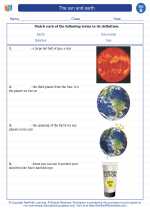 The sun and earth
The sun and earth 

 Activity Lesson
Activity Lesson
 Worksheet/Answer key
Worksheet/Answer key
 Worksheet/Answer key
Worksheet/Answer key
 Worksheet/Answer key
Worksheet/Answer key
 Worksheet/Answer key
Worksheet/Answer key
 Vocabulary/Answer key
Vocabulary/Answer key

The resources above cover the following skills:
Concepts of Earth Science: A student should understand and be able to apply the concepts, processes, theories, models, evidence, and systems of earth and space sciences. A student who meets the content standard should:
Develop an understanding of the cyclical changes controlled by energy from the sun and by Earth's position and motion in our solar system.